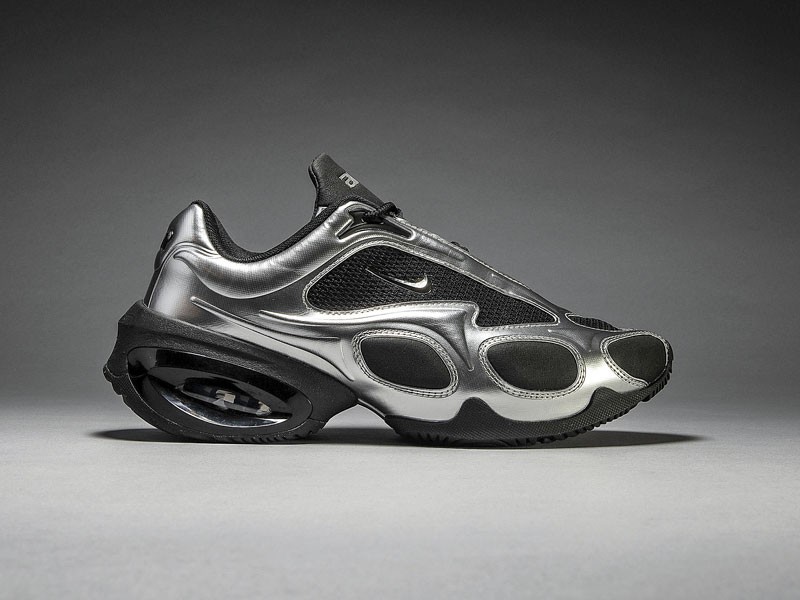

Due to seasonal requirements such as protection, warmth, and comfort, designs favor closed structures such as booties, boots, sneakers, and shoes. Across all categories, influences stem from retro, outdoor, western, biker, and sportswear aesthetics. The most significant developments are seen in booties, featuring snug shafts extending above the ankle, available in smooth or lace-up versions, crafted from leather and textiles, with wide lasts and substantial soles. The retro and handcrafted style is evident in much of the footwear design. In this segment, there is a strong adaptation of ski and outdoor concepts to urban footwear. For flat options, elasticized ballerinas with thin soles stand out as the most comfortable alternative. Meanwhile, Mary Janes and moccasins complete the proposal, incorporating voluminous soles and a restyling with new materials and combinations.
For sneakers, the update of classic emblematic models from traditional brands continues, featuring innovative color combinations and unique details.
In women’s high-heeled footwear, options include chunky, slim, and stylized heels.
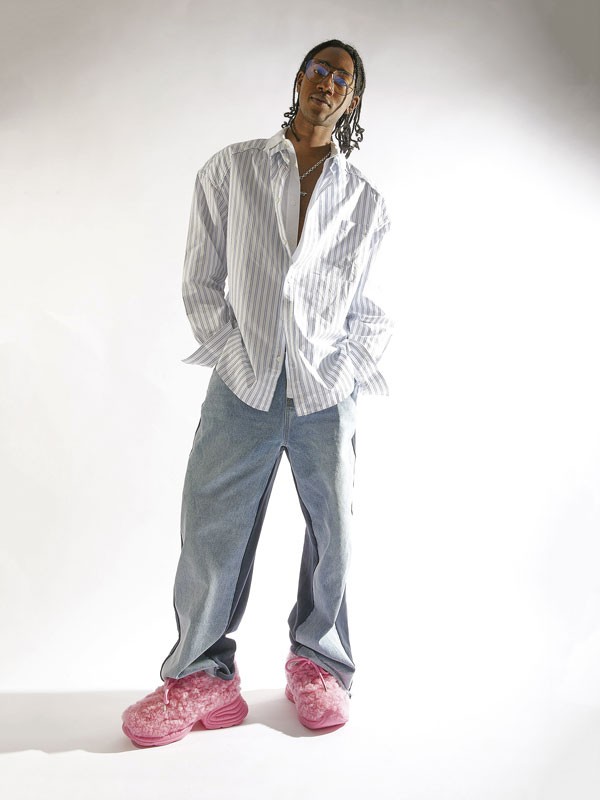
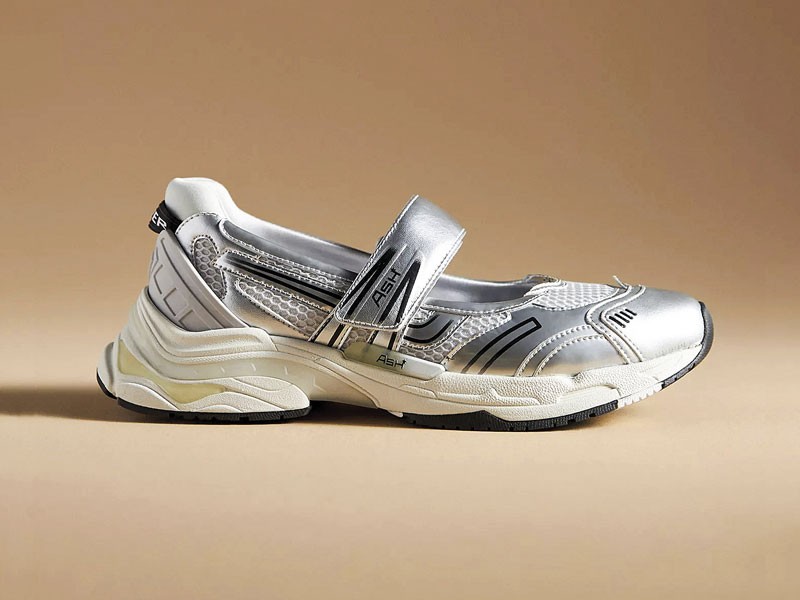
Due to the insulation requirements of winter footwear, the selection leans toward thick, textured, and voluminous materials. Preferred choices include, skins, furs, wools, lambskin, cloths, quilted textiles, velvets, corduroy, tweeds, flannels, and mesh knitted fabrics. The key differentiator will be their aesthetic appeal, expressed through color palettes and prints, featuring striped, plaid, geometric, herringbone, pied de poule, ombré, and gradient patterns. Antique hand-woven fabrics with colored thread weaves provide an authentic and elegant look with high aesthetic value.
For leather, matte finishes such as suede, nubuck, and soft natural-grain floater leather are favored. However, glossy alternatives like metallics and patent leather are also available. New tanning and finishing technologies have broadened the aesthetic spectrum, such as reptiles and embossing.
Special resin-coated and waterproof textiles with tight, durable weaves will be used in uppers requiring greater longevity and protection.
For interior linings, wool, fur, and cloths will be used for their insulating and thermal properties.

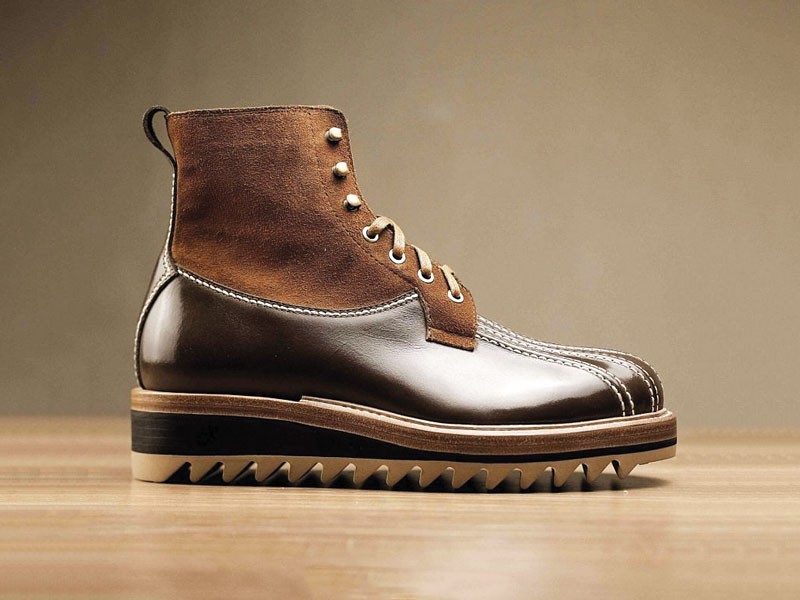
For booties, moccasisn and lace-up shoes, classic volume and medium height soles are proposed, featuring either separated or suggested heels, with welt detailing and/or perimeter lips, and track profiles. Frequent color contrasts between the welt and sole emphasize the footwear’s structure. New textures and vertical grooves are commonly applied to sidewalls of injected soles and cupsoles. Ballerinas favor thin, simple, and flexible soles, available with or without heels. For casual booties and shoes, ergonomic soles with enhanced comfort are introduced in two-tone versions. In sneakers, cupsoles remain the most sought-after option due to their versatility across different designs. Variations appear in cupsoles height, moldings, and colors. A more sports-oriented approach is seen in wedges with differentiated outsoles and molded soles with deeper textures and greater volume, used in urban sports footwear. The rise of outdoor footwear is driving demand for technical soles, while ski-inspired styles introduce bulkier soles with anti-slip surfaces.

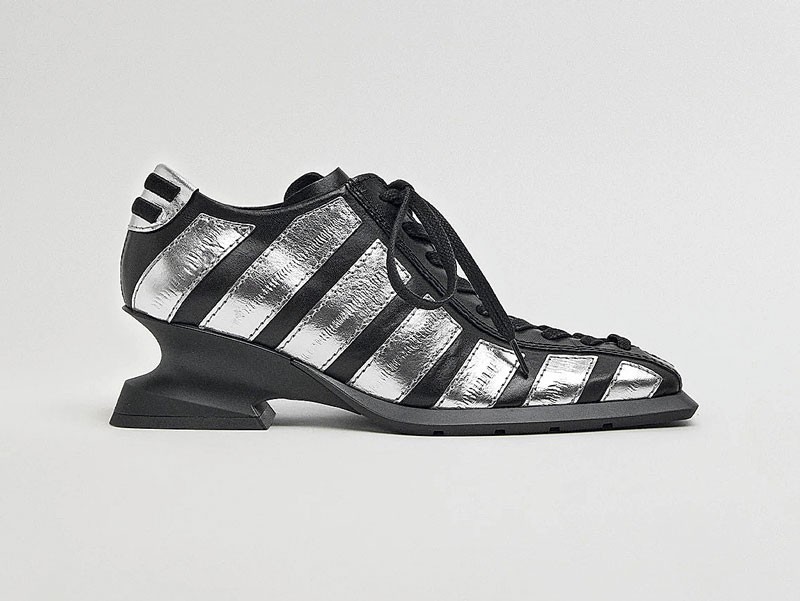
Once again, the timeless use of colors is reaffirmed, eliminating the traditional distinction between winter and summer tones. This allows for greater flexibility in application and expanded creative possibilities.
However, each trend reflects the collective psychosocial mood of the moment, influencing specific color choices. The search for nature, peace, tranquility, and optimism is reflected in an earthy palette, where warm and friendly beige and brown shades take the lead. More pigmented versions create oxidized, mustard, and terracotta tones, while medium greens and blues adopt a neutral, calm, and sophisticated range, such as Aegean blue and quartz green. Among passionate and energetic colors, reds, scarlet, and carmine stand out, and when blended with blue undertones, they transition into deep, refined violet hues.
Warm yellows and oranges, along with classic blacks and whites, will also play a role in footwear design.
Beyond the intrinsic value of each color, it is recommended to explore without prejudice its possibilities of combinations with other tones.

